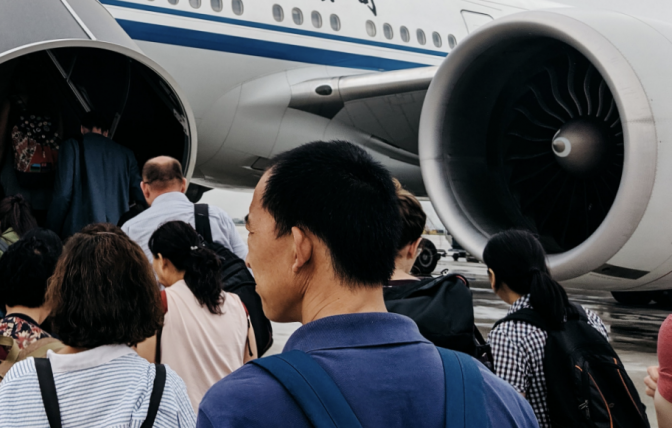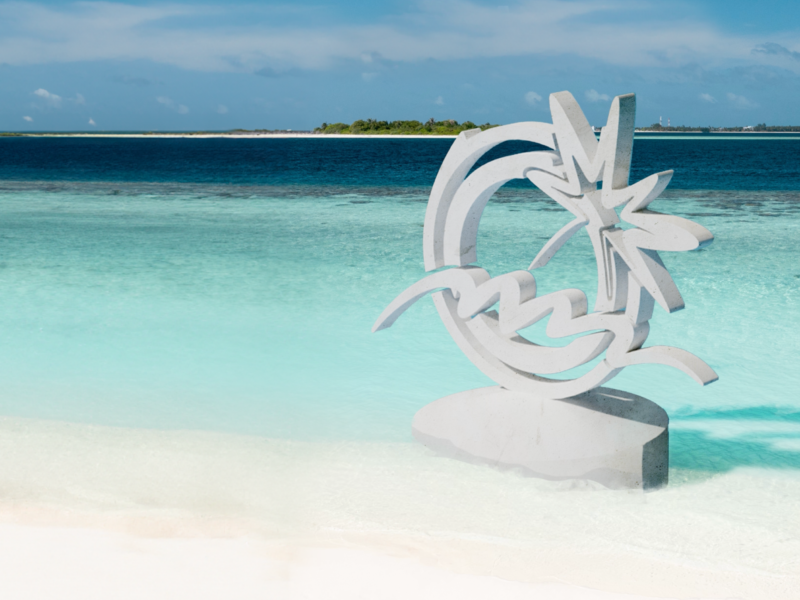
Baani released focuses on The effects of Chinese Covid Policies and the Ukraine War on Maldivian Tourism
The effects of significant global events over the previous two years that have had an impact on Maldivian tourism are emphasized in a report by Baani Centre. “Impact of Non-Arrival of Chinese Tourists to Maldives” is a report that looks at how Maldivian tourism responded to China’s decision to block its international border during the pandemic, which caused a major decline in Chinese tourists visiting Maldives.
China had previously been the Maldives’ largest tourist market in terms of volume. 284,000 Chinese nationals traveled there in 2019. As a result of the COVID-19 epidemic and China’s border closure, there were only 34,000 Chinese visitors to the Maldives in 2020. Since then, there has not been a recovery for their travel.
Maldivian tourism was able to rebound unexpectedly well despite the pandemic’s chaos and the top market’s collapse. Total arrivals in 2021 were 1,320,000, or nearly the same number of visitors as in 2017. This was due to a combination of government policies, such as the early reopening of the Maldives’ international border in July 2020, as well as inventive adaptability on the part of resorts and guesthouses in tapping new markets.
The Maldives-India travel bubble, which led to an increase of Indian visitors to the Maldives and many of them stayed there for quarantine before traveling to the United Arab Emirates, was particularly helpful in 2021. Due to the travel bubble, India overtook China as the world’s largest tourism market in 2021 with 291,000 visitors. With 220,000 visitors, Russian tourism to the Maldives also experienced a growth in 2021. Eastern Europe, which includes Ukraine, and other new markets also experienced rapid expansion.




